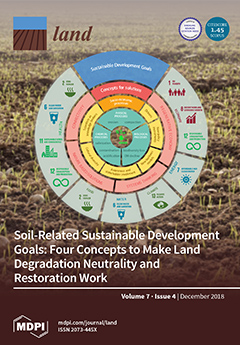Resource information
The Las Vegas urban area expanded rapidly during the last two decades. In order to understand the impacts on the environment, it is imperative that the rate and type of urban expansion is determined. Remote sensing is an efficient and effective way to study spatial change in urban areas and Spectral Mixture Analysis (SMA) is a valuable technique to retrieve subpixel landcover information from remote sensing images. In this research, urban growth trends in Las Vegas are studied over the 1990 to 2010 period using images from Landsat 5 Thematic Mapper (TM) and National Agricultural Imagery Program (NAIP). The SMA model of TM pixels is calibrated using high resolution NAIP classified image. The trends of land cover change are related to the land surface temperature trends derived from TM thermal infrared images. The results show that the rate of change of various land covers followed a linear trend in Las Vegas. The largest increase occurred in residential buildings followed by roads and commercial buildings. Some increase in vegetation cover in the form of tree cover and open spaces (grass) is also seen and there is a gradual decrease in barren land and bladed ground. Trend analysis of temperature shows a reduction over the new development areas with increased vegetation cover especially, in the form of golf courses and parks. This research provides a useful insight about the role of vegetation in ameliorating temperature rise in arid urban areas.


